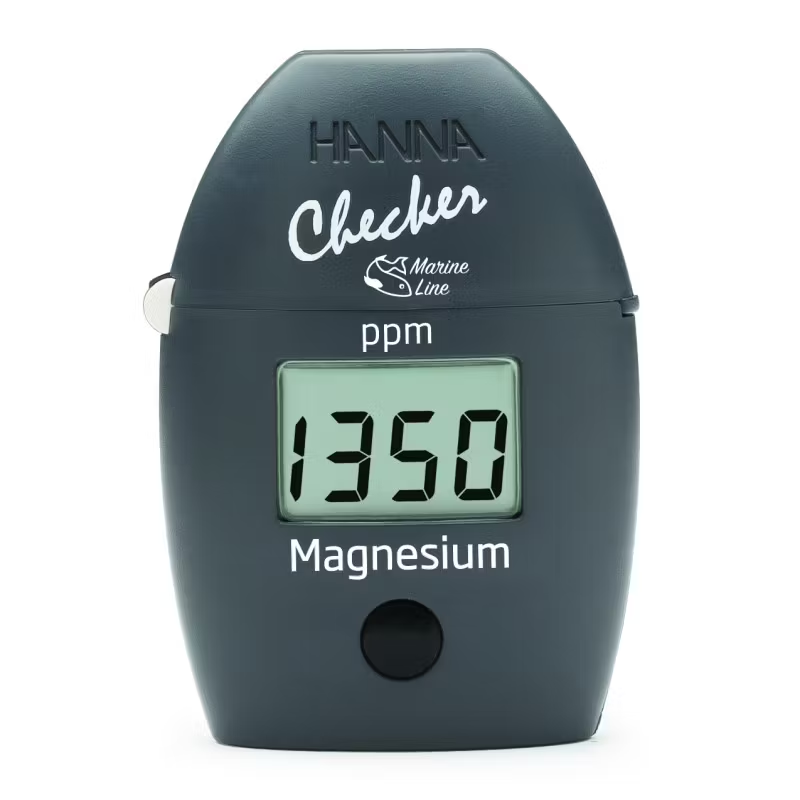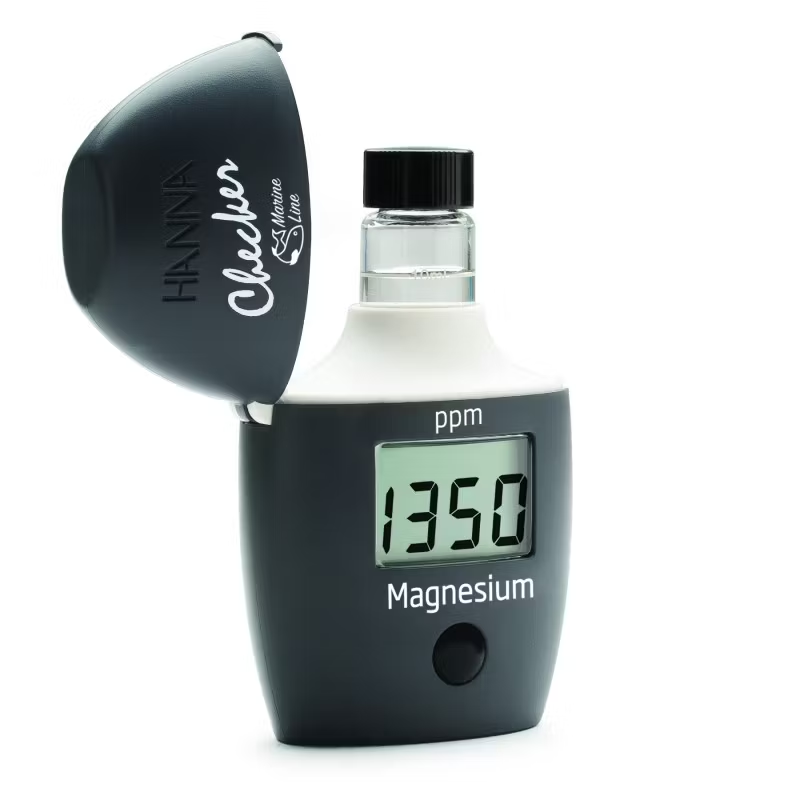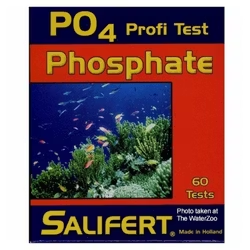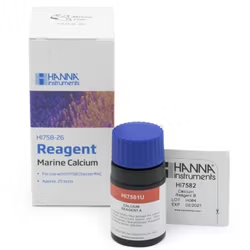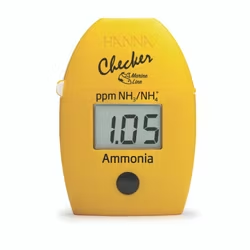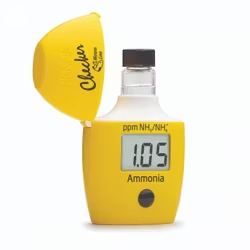Hanna Checker Magnesium Marine, HI-783
- 870 kr
Lagersaldo:
4
Marine Magnesium Checker® HC (HI783) is designed to accurately and quickly determine the magnesium level in marine (saltwater) samples. The digital readout makes measurements effortless.
- Range: 1,000 to 1,800 ppm Magnesium
- Simple test process and procedure
- Saltwater Compatible
Our Magnesium Checker® HC (HI783) is the first marine magnesium test of its kind! This Checker® provides an uncomplicated, accurate, and budget-friendly way to measure magnesium in saltwater/marine environments. Color-coded syringes and straightforward testing steps ensure quick and easy measurements every time! Magnesium is vital in saltwater environments as it allows calcium and carbonate to be bioavailable for corals and invertebrates. Designed as a more accurate alternative to chemical test kits, our Marine Magnesium Checker® HC (HI783) provides quick, accurate results in a few easy steps.
Features at-a-glance
- Fewer steps than other chemical tests
- Color-coded syringes make the magnesium test simple and effortless
- Dedicated to a single parameter
- Small size, big convenience
- Ideal for: Saltwater Aquariums, Marine, and Aquaculture Applications
Magnesium Checker Tips & Tricks for Accurate Measurements
- Measure liquids accurately by syringe by drawing up the plunger until the bottom seal of the plunger is at the desired volume mark. Do NOT raise the liquid to the mark as this will give a false high volume. An air gap between the plunger and liquid is normal.
- Always use clean, dry cuvettes and syringes/tips. Rinse with deionized (RODI) water only; never rinse with tank water. Dry the cuvettes before use to prevent dilution.
- Ensure the sample does not contain any debris.
- Whenever the cuvette is placed into the checker, it must be dry outside and free of fingerprints, oil and dirt.
- Wipe the cuvette thoroughly with HI731318 microfiber cleaning cloth or a lint-free cloth prior to insertion.
- Shaking the cuvette can generate bubbles, causing higher readings. To obtain accurate measurements, remove such bubbles by swirling or by gently tapping the cuvette.
- Do not let the reacted sample stand too long after reagent has been added, as accuracy will be affected.
- Discard the sample immediately after the reading has been taken or the glass might become permanently stained.
- Keep the tips with their appropriate syringes during measurement. Clean the syringes and tips before storage.
